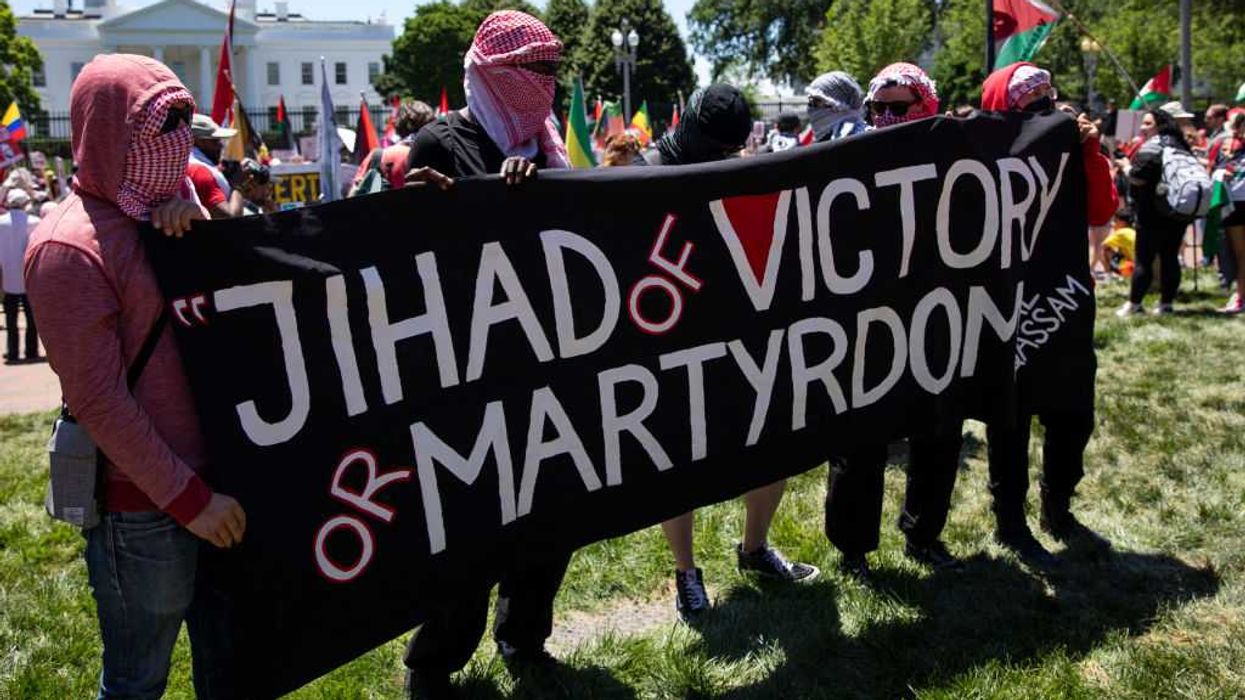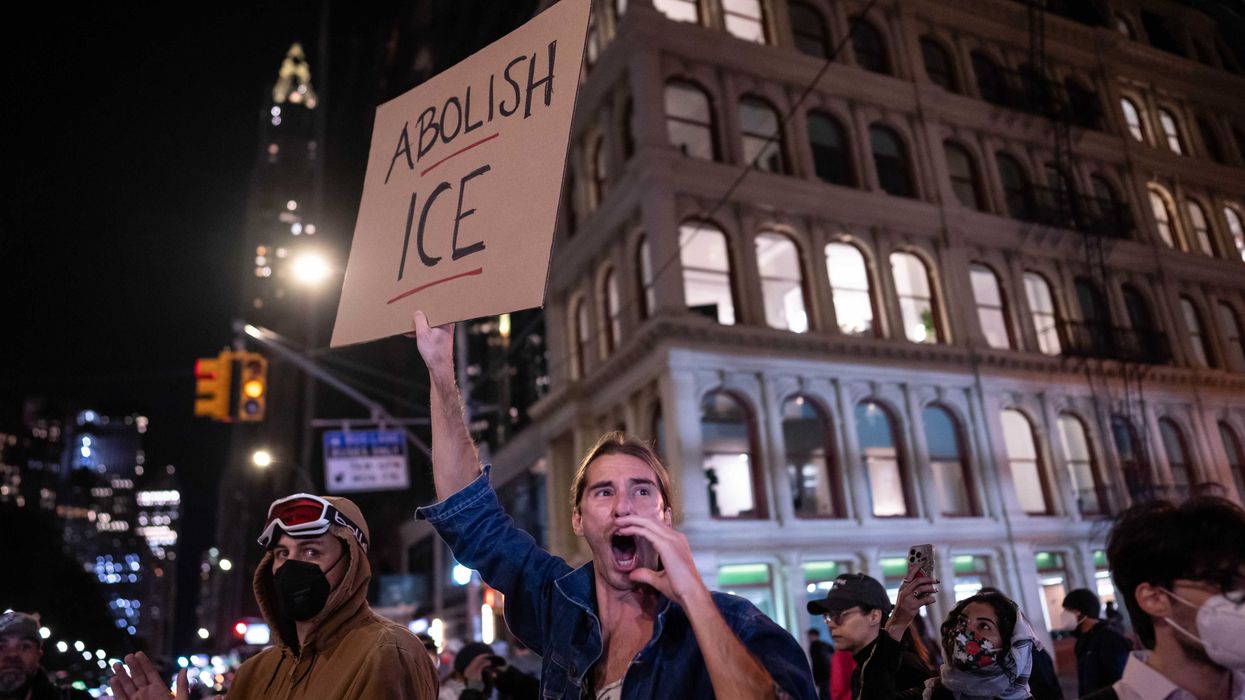No… this isn’t a joke, official “guidelines” on how to report on Jeremy Lin have been released by the Asian American Journalists Association. Apparently when Glenn brought this up in the morning meeting Pat literally could not believe it.
“I thought it was a joke, you know, I was like, this is a joke…,” Pat explained on radio this morning.
“No, it’s not. It’s real,” Glenn interjected.
Pat continued, “…because Glenn was taking it seriously in the morning meeting, and I said, you know this is a joke, right?”
“And I said, no it’s not. It’s real!” Glenn added.
“…it’s an actual release from the Asian American Journalist Association …unbelievable,” Pat said.
And, Pat’s right, it is unbelievable. You wouldn’t believe these guidelines unless you saw them. Stu read the guidelines out on air, obviously pointing out that “There are obvious racist statements here. I’m powering through their statement here. There are the “danger zones if you’re talking about Jeremy Lin.”
Here is a copy of the list from the AAJA, posted on Yahoo News:
Below are the AAJA's guidelines in full:THE FACTS
1. Jeremy Lin is Asian American, not Asian (more specifically, Taiwanese American). It's an important distinction and one that should be considered before any references to former NBA players such as Yao Ming and Wang Zhizhi, who were Chinese. Lin's experiences were fundamentally different than people who immigrated to play in the NBA. Lin progressed through the ranks of American basketball from high school to college to the NBA, and to characterize him as a foreigner is both inaccurate and insulting.
2. Lin's path to Madison Square Garden: More than 300 division schools passed on him. Harvard University has had only three other graduates go on to the NBA, the most recent one being in the 1950s. No NBA team wanted Lin in the draft after he graduated from Harvard.
3. Journalists don't assume that African American players identify with NBA players who emigrated from Africa. The same principle applies with Asian Americans. It's fair to ask Lin whether he looked up to or took pride in the accomplishments of Asian players. He may have. It's unfair and poor journalism to assume he did.
4. Lin is not the first Asian American to play in the National Basketball Association. Raymond Townsend, who's of Filipino descent, was a first-round choice of the Golden State Warriors in the 1970s. Rex Walters, who is of Japanese descent, was a first-round draft pick by the New Jersey Nets out of the University of Kansas in 1993 and played seven seasons in the NBA; Walters is now the coach at University of San Francisco. Wat Misaka is believed to have been the first Asian American to play professional basketball in the United States. Misaka, who’s of Japanese descent, appeared in three games for the New York Knicks in the 1947-48 season when the Knicks were part of the Basketball Association of America, which merged with the NBA after the 1948-49 season.
DANGER ZONES
"CHINK": Pejorative; do not use in a context involving an Asian person on someone who is Asian American. Extreme care is needed if using the well-trod phrase "chink in the armor"; be mindful that the context does not involve Asia, Asians or Asian Americans. (The appearance of this phrase with regard to Lin led AAJA MediaWatch to issue statement to ESPN, which subsequently disciplined its employees.)
DRIVING: This is part of the sport of basketball, but resist the temptation to refer to an "Asian who knows how to drive."
EYE SHAPE: This is irrelevant. Do not make such references if discussing Lin's vision.
FOOD: Is there a compelling reason to draw a connection between Lin and fortune cookies, takeout boxes or similar imagery? In the majority of news coverage, the answer will be no.
MARTIAL ARTS: You're writing about a basketball player. Don't conflate his skills with judo, karate, tae kwon do, etc. Do not refer to Lin as "Grasshopper" or similar names associated with martial-arts stereotypes.
"ME LOVE YOU LIN TIME": Avoid. This is a lazy pun on the athlete's name and alludes to the broken English of a Hollywood caricature from the 1980s.
"YELLOW MAMBA": This nickname that some have used for Lin plays off the "Black Mamba" nickname used by NBA star Kobe Bryant. It should be avoided. Asian immigrants in the United States in the 19th and 20th centuries were subjected to discriminatory treatment resulting from a fear of a "Yellow Peril" that was touted in the media, which led to legislation such as the Chinese Exclusion Act.
Pretty unbelievable. Glenn quickly jumped in while Stu was reading a few of these saying, “I think we know that. I don’t think we need… no, no. I think that’s pretty clear. That’s realy …what are you 1941? I’ve never heard anybody say that, and anybody who would say that you would immediately separate yourself from, and go ‘what are you, a moron? What are you, FDR?’”
Stu continued down the ridiculous list’s explanation for each “guideline,” saying “They explain in. Be mindful that the context does not involve Asia, Asians or Asian Americans.”
An explanation Glenn didn’t like, because it makes the assumption that everyone is inherently racist. Glenn said that they should “be mindful when somebody uses that, that not everybody is racist. When people use it and they’re talking about someone from Asia it doesn’t mean it’s all they see in that individual. They’re judging them by the content of their character not the color of their skin.”
Stu, who had gone back and looked at a few related columns, and ESPN has supposedly used the phrase “chink in the armor” over 3,000 times. Stu continued, “I happened to look at an old Michelle Malkin column, and she was making fun of liberals, and one of her points was [she was talking about conservatives] we don’t think the phrase ‘chink in the armor’ is offensive. So it actually was a joke, making fun of the left, until last week, and now it’s actually real.”
Next up on the list: Driving. Where Stu pointed out to Glenn how ‘driving to the basket’ is a common phrase in basketball… until now, anyway. So, if you’re a journalist and you’re writing about an athlete who happens to be Asian, Asian-American, etc., you cannot refer to driving towards the hoop, a drive to a touchdown, driving a golf ball, and, let’s face it, NASCAR is completely out of luck on this one. If you’re of Asian descent and a NASCAR driver, ESPN can no longer cover your races, no pun intended.
The ridiculous list continued all the way down to food—yes, food. Why a sports writer would include fortune cookies in a sports article no one knows. Although, Stu noticed an interesting (and typical) exception to this rule…
“By the way, maybe the exception there is when the Democrats run commercials against people like Pat Toomy, when they put fortune cookies in the ad when criticizing him about his China policy? When the Democrats do that, the Democrat Senate campaign, that’s the time that it must be okay. And, oh, by the way they included gongs. Gongs and fortune cookies okay for Democrats, not okay for news coverage… remember that.”
But, it gets worse. The list goes on to say not to include comments about martial arts or use the word ‘grasshopper.’ “It’s sad if people really need these,” Stu points out while working through this ridiculous list.
After finishing the list Stu noted that “still, one of the most amazing of this is that all the people that were fired up about the ‘chink in the armor’ headline are the same people who list FDR as the greatest president of all-time. The guy who rounded up all Japanese people.”

 AASHISH KIPHAYET / Contributor | Getty Images
AASHISH KIPHAYET / Contributor | Getty Images
 Harold M. Lambert / Contributor | Getty Images
Harold M. Lambert / Contributor | Getty Images Adam Gray / Stringer | Getty Images
Adam Gray / Stringer | Getty Images Anadolu / Contributor | Getty Images
Anadolu / Contributor | Getty Images